
|
|
|
|
|
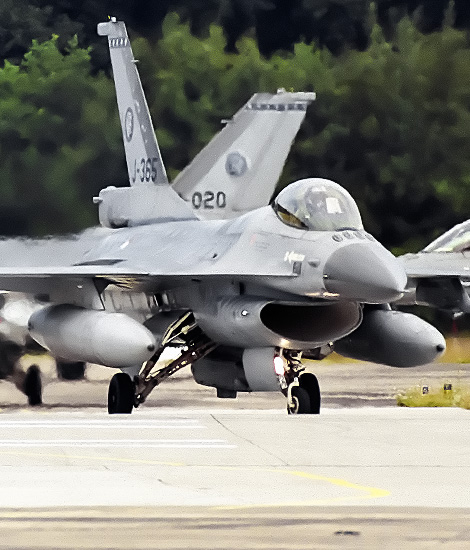
|
The no 315 Squadron; Twenthe, June 25, 2002
The Dutch Lion From Twenthe Air Base; Text and Photograph's by Alex van Noye
The F-16s of the no 315 Squadron are recognizable by the blue badge on the tail containing the yellow lion head. The motto of the squadron at Twenthe Air Base is "Nec Timide Nec Tumide" which means "Without Fear and Without Hubris". The no 315 Squadron was formed on July 1, 1952 at Eindhoven Air Base.
The history of the no 315 Squadron begins at Eindhoven Air Base when the no 315 Tactical Fighter Squadron of the Royal Netherlands Air Force is established on July 1, 1952. The unit was under the command of the squadron commander P Jolly. The unit was established when the pilot group was led by the commander during the delivery of a number of F-84G Thunderjets which they had to pick up in Kastrup in Denmark. The Thunderjet is the first aircraft type with which the unit will be equipped. The Republic F-84G Thunderjet was an American jet fighter plane which was built shortly after the Second World War. The Thunderjets were delivered to the Dutch Air Force under the Mutual Defense Aid Program. This program was to ensure that the European units were resistant to attacks from the Soviet Union. The Thunderjet was an aircraft which was capable of attacking ground targets. The first home base of the no 315 Squadron was Eindhoven Air Base. Eindhoven was only since 1952 a military airbase. Before this period, the airfield was an airport for civil aviation. Apart from the no 315 Squadron were in this period also the no 314 Squadron and the no 316 Squadron formed at this airbase. The three units at Eindhoven Air Base were together with the units at Volkel Air Base part of the Tactical Air Command Forces (CTL). This command consisted of seven units. Besides the units at Eindhoven also the units at Volkel Air Base belonged to the CTL, these units were; the no 306, no 311, no 312 and no 313 Squadron. The CTL was the offensive part of the Dutch air forces. The units which belonged to this part of the Air Force had an offensive role during wartime.
The Republic F-84G Thunderjet would not remain long in the service at the no 315 Squadron. At that time the development of fighter aircraft went very quickly. There were lots of new tactics and techniques developed and soon the aircraft were in the first half of 1956 replaced by the Republic F-84F Thunderstreak. The last Thunderjet of the no 315 Squadron left Eindhoven Air Base on August 23, 1956. A large number of
|
|
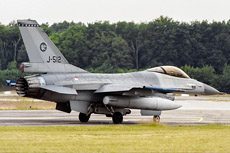
|
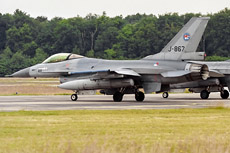
|
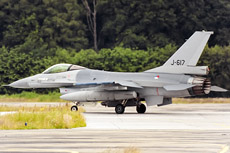
|
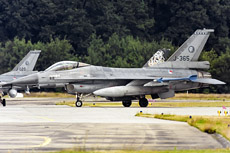
|
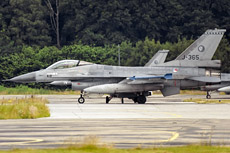
|
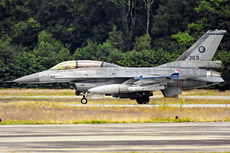
|
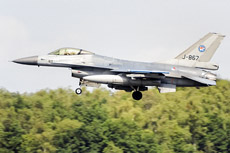
|
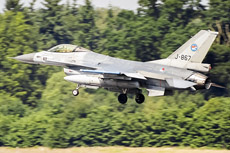
|
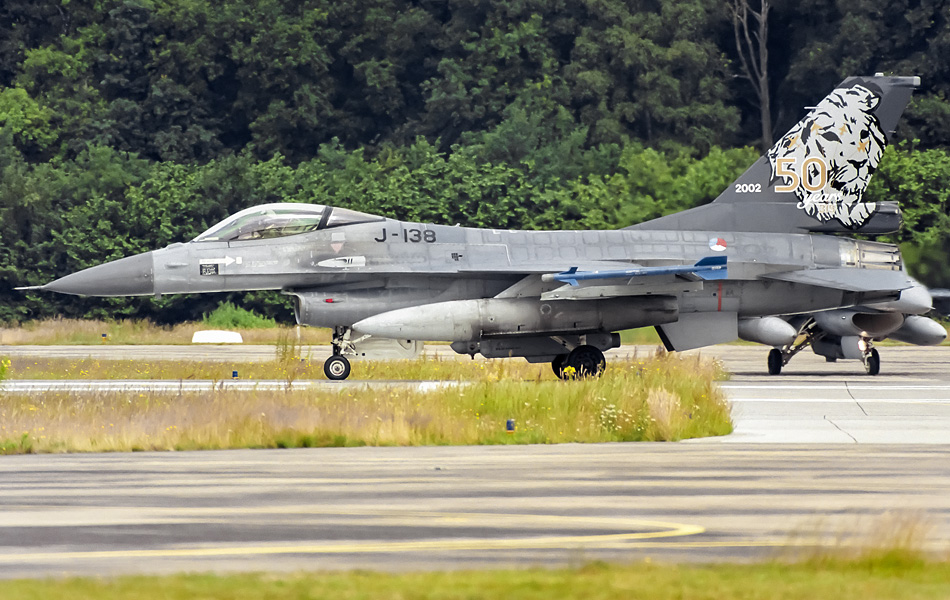
|
Thunderjets were at the request of the Americans flown by the pilots to countries such as Turkey and Portugal. The aircraft have first spent some time in storage at Gilze-Rijen Air Base. The aircraft was a fighter bomber which was built in the United States. The Thunderstreak was equipped with an arrow wing and had little in common with its immediate predecessor. The F-84F was one of the first aircraft with stabilizers with fully movable horizontal tail surfaces. This improved controllability of the aircraft made the Streak a very useful plane for the Royal Netherlands Air Force. The Thunderstreak had the same flaws as its predecessor the Thunderjet. The aircraft needed a long runway during take-off and the landing speed was more than 250 km/h which is fast. Some maneuvers still could not be done with this aircraft. The F-84F was not only used a fighter bomber, but as well as escort fighter while the aircraft was totally incapable for this task. The Thunderstreak performed better at low altitude.
At the beginning of 1962 the Operational Conversion Course (OCC) was assigned to the no 315 Squadron. The number of aircraft at the squadron grows up to 38 aircraft which is more than twenty aircraft more than a normal squadron normally has. Besides the Dutch pilots, many Belgian pilots were also trained at the no 315 Squadron. That same year, the Belgians and Dutch integrated flight training starts. The no 315 Squadron makes as the first squadron in the Royal Netherlands Air Force more than 100,000 flight hours in September 1968. The Thunderstreaks of the no 315 Squadron are recognizable by the blue badge on the tail containing the yellow lion head. The motto of the squadron at Eindhoven is "Nec Timide Nec Tumide" which means "Without Fear and Without Hubris". On May 1, 1970, the no, 315 Squadron was transferred to Twenthe Air Base in the eastern part of the country. The F-84F Thunderstreaks were left in Eindhoven, because the aircraft were replaced by the Canadair NF-5 Freedom Fighter. Twenthe Air Base serves as a gathering place for NF-5s which are flown from Canada to the Netherlands. The no 315 Squadron has a significant share in the operation HI-Flite. This operation included the overflight of the aircraft from Canadair in Montreal, Canada to the Netherlands. The Canadair NF-5 was a license built version of the Northrop F-5 Freedom Fighter. The first two NF-5s arrived at Twenthe on November 19, 1969. On March 18, 1972, the operation was officially ended with the arrival of the last NF-5 of the total of 105 aircraft. The Dutch Air Force purchased a total of 75 NF-5A and 30 NF-5B aircraft in this period.
A total of four units in the Netherlands were equipped with the NF-5. The no 315 Squadron was in the Netherlands, the first unit which was equipped with the NF-5. Apart from the no 315 Squadron also the no 313 Squadron which was also based at Twenthe Air Base, the no 314 Squadron at Eindhoven Air Base and the no 316 Squadron at Gilze-Rijen Air Base were equipped with the NF-5. In 1986 the no 315 Squadron was the first NF-5 unit in the Netherlands which started to switch to the F-16 Fighting Falcon. The former Starfighter units have now already been switched to the F-16. Twenthe is the third air base where the F-16 entered operational service. The NF-5 was phased out in the Netherlands in the years that followed and were sold to countries such as Turkey and Greece. The F-16 is a multirole aircraft and pilots of the no 315 Squadron received some additional tasks such as the air defense task. At the beginning of the 90s, the Dutch F-16s were for the first time frequently used in international conflicts. The no 315 Squadron was first deployed during the conflicts in the former Yugoslavia in 1991. The aircraft were stationed at the Italian airbase Villafranca. At this time the aircraft of the unit were used extensively during the peace mission in Afghanistan. The future of the no 315 Squadron is not yet sure. Twenthe Air Base is in the context of the announced cutbacks on the list to be closed.
|
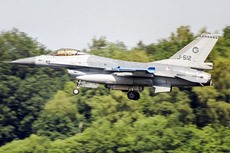
|
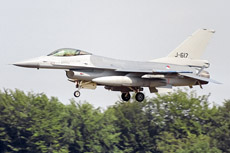
|
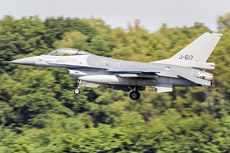
|
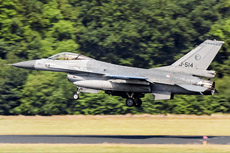
|
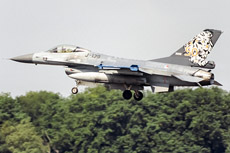
|
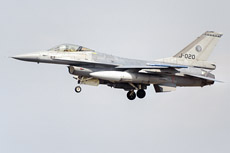
|
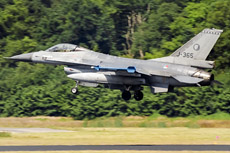
|
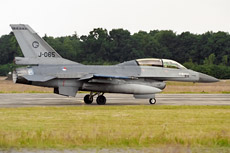
|
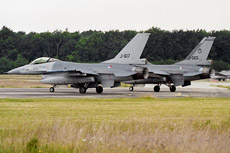
|
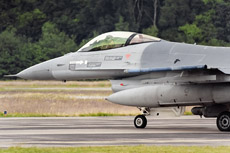
|
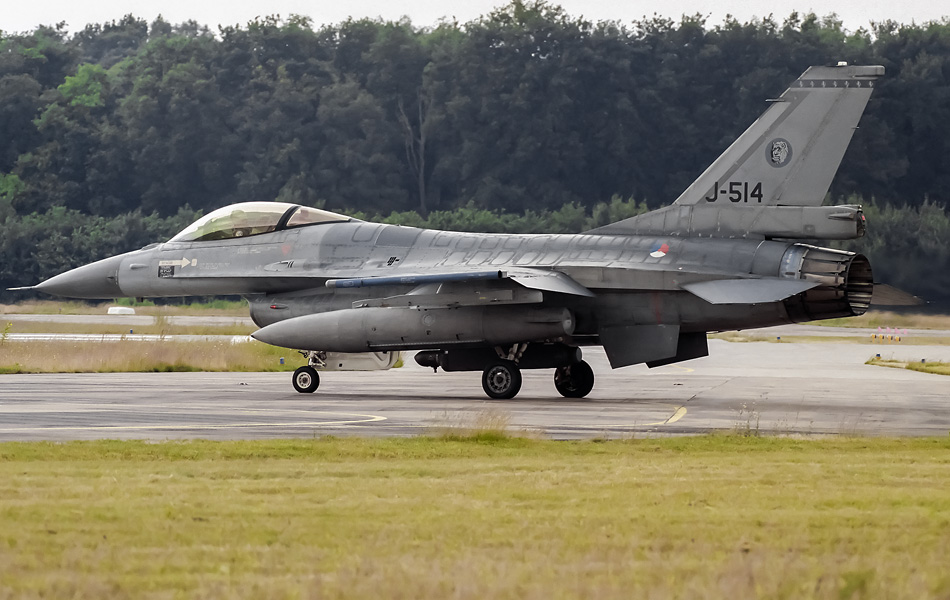
|
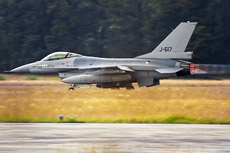
|
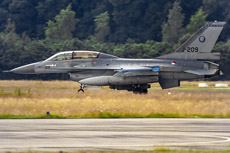
|
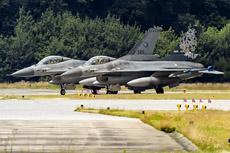
|
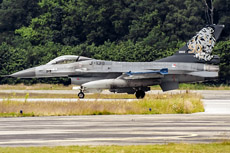
|
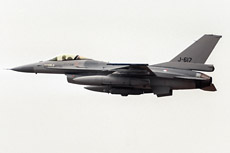
|
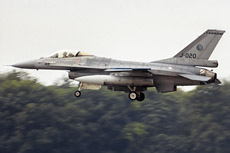
|
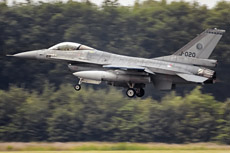
|
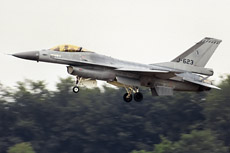
|
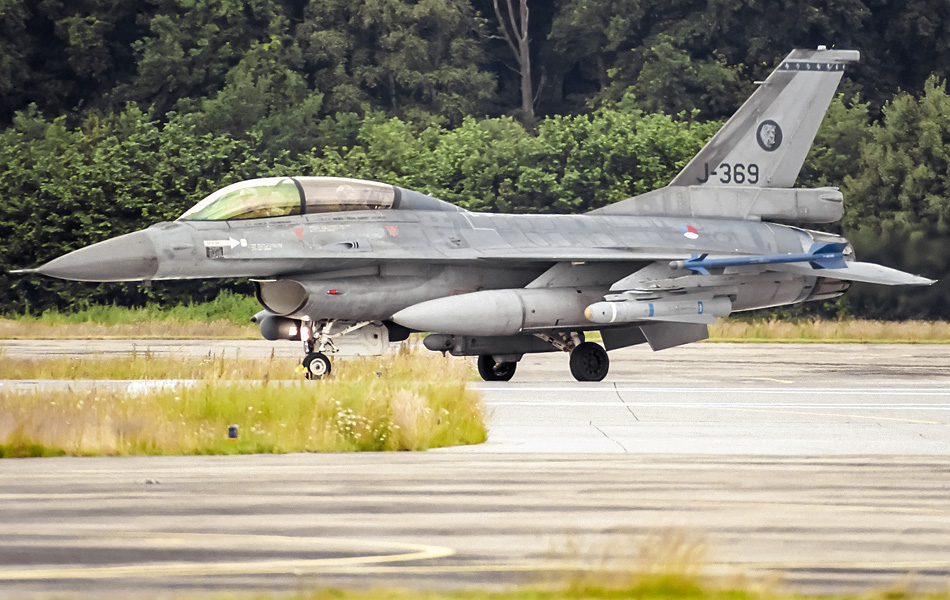
|
|
|

|







